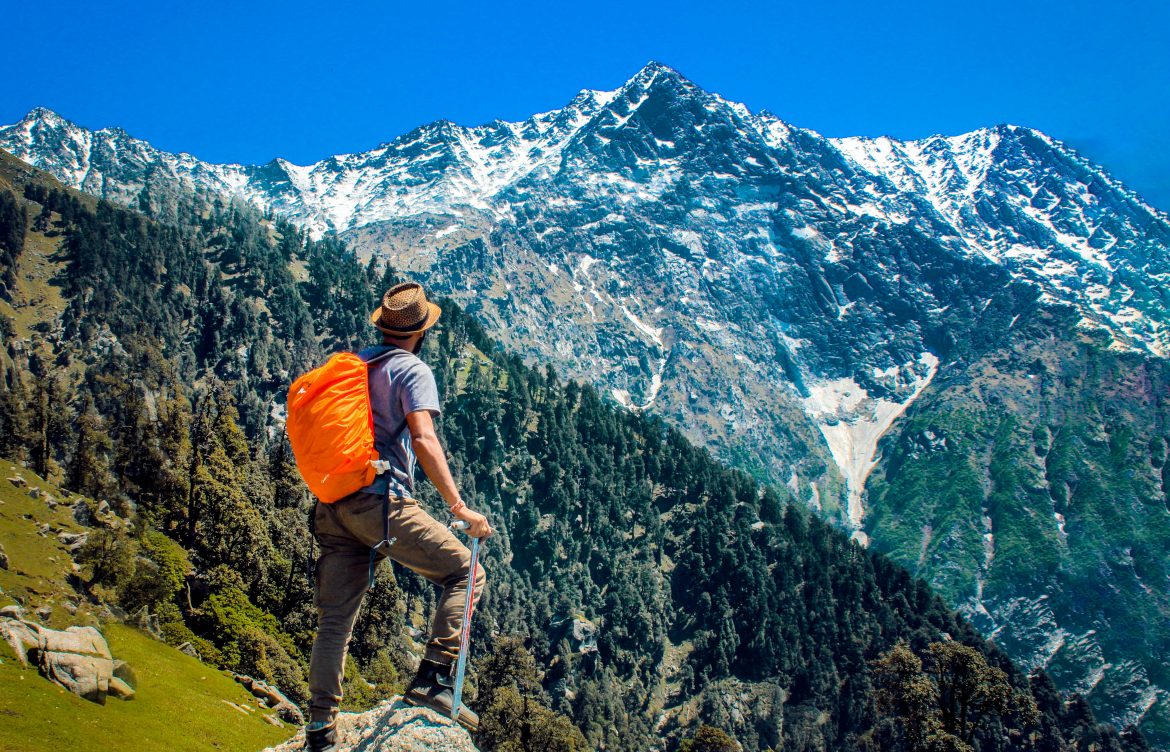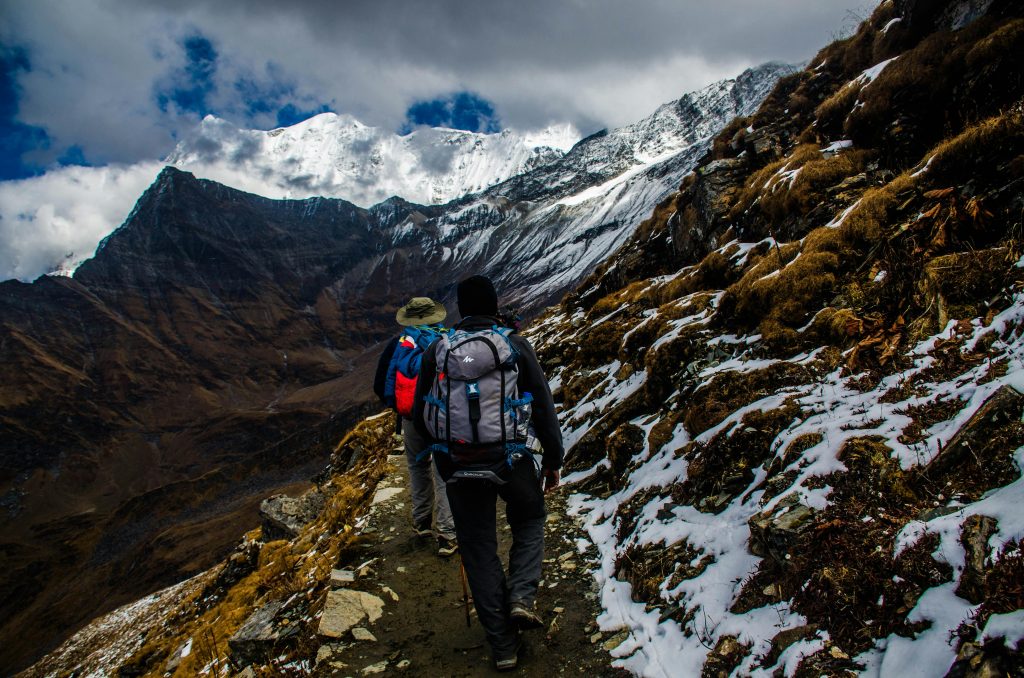
Conquer the Trail: A Guide to Training for a Long Trek
Getting ready for a long trek is not just a physical journey; it’s a mental and emotional challenge that pushes your limits and offers a unique sense of accomplishment.
Whether you’re planning to summit a towering peak or trek through rugged terrain, proper training is essential to ensure you’re prepared for the adventure ahead.

Here’s a comprehensive guide on how to train yourself for a long trek:
Start Early
Training for a long trek requires time and consistency. Begin your training regimen at least 3-6 months before your trekking date, depending on your current fitness level and the difficulty of the trek.
Build Endurance
Focus on building your cardiovascular endurance through activities like hiking, walking, running, cycling, or swimming. Start with shorter distances and gradually increase the duration and intensity of your workouts. Aim for at least 3-5 cardio sessions per week.
Strengthen Your Muscles
Trekking involves navigating uneven terrain and carrying a backpack, which puts strain on your muscles. Incorporate strength training exercises such as squats, lunges, calf raises, and core workouts to build strength in your legs, back, and core muscles. Include 2-3 strength training sessions per week in your routine.
Train with a Loaded Backpack
Simulate the conditions of your trek by training with a loaded backpack. Gradually add weight to your backpack as you progress in your training. This will help your body adapt to carrying the extra weight and improve your endurance.
Practice Hill Training
If your trek involves steep inclines, incorporate hill training into your routine. Find hills or staircases in your area and practice hiking uphill and downhill to improve your leg strength and stamina.
Focus on Flexibility
Flexibility is crucial for preventing injuries and improving your mobility on the trail. Incorporate stretching exercises into your routine to increase flexibility in your muscles and joints. Yoga and Pilates are excellent options for enhancing flexibility and balance.
Test Your Gear
Before setting out on your trek, make sure to test all your gear, including your hiking boots, backpack, clothing, and camping equipment. Train with the same gear you’ll be using on your trek to ensure comfort and familiarity.
Gradually Increase Intensity
As your trekking date approaches, gradually increase the intensity and duration of your training sessions to peak at the right time. Incorporate longer hikes with varied terrain to simulate the conditions of your trek and build confidence in your abilities.
Rest and Recovery
Rest days are just as important as training days. Listen to your body and prioritize rest and recovery to prevent overtraining and injuries. Get adequate sleep, stay hydrated, and nourish your body with a balanced diet to support your training efforts.
Mental Preparation
Trekking is as much a mental challenge as it is physical. Prepare yourself mentally by visualizing success, setting realistic goals, and maintaining a positive mindset throughout your training journey. Cultivate mental resilience and embrace the journey, knowing that challenges are an integral part of the adventure.